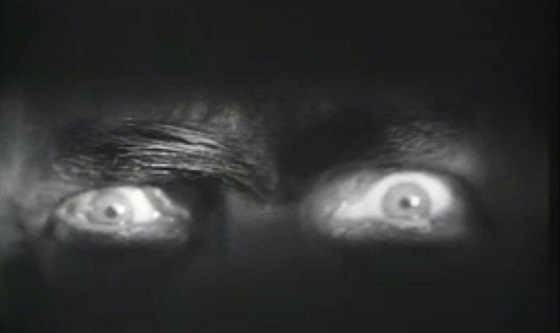Thesis
Zombies show the limits of biopower because as they are undead (biopower can control the dead and the living, but not the living dead) and are therefore uncontrollable. Zombies are racially marked in American portrayals and therefore force past racial traumas to the present that contemporary American biopower wants gone.
Notes & Quotes
- Throughout this article, Jessica Hurley cites the zombie’s connection to past trauma, as well as its forced confrontation of the past in the present, as a potential method of resistance. I’ve recently been wondering how to encourage others to look at horror fiction to critique neoliberalism/late capitalism as opposed to science fiction. While scifi looks to the future and therefore gains power as a means of resistance, horror can find its resistance through the resurfacing of the past. It’s powerful in that it forcibly reminds us of our past history and the systems, trauma, and events that have brought us to our current status. Additionally, horror is extremely present- it therefore does the work that Hurley points out- forces us to confront the past in the present: “The nightmare called history might yet be a line of resistance against the intolerable present” (331).
- Hurley’s skin-focused history of the zombie is extremely helpful in viewing the zombie film as an extension of the American gothic tradition. Theresa Goddu defines the American gothic largely through the past racial trauma that lies at the foundation and continues to haunt our nation. Hurley moves this reading to the American body, or more specifically, to the body of the American undead (the corpse that contains both the present and the past, the living and the dead): “With the history of anti-black violence always lurking underneath its dead white skin, the contemporary zombie encodes both the desire for a post-black future and the nightmare that haunts the post racial dream: a nightmare of the past come to life, intransigently present, and hungry” (313).
- Hurley reads Zone One as a critique of the whitening of post-racial America. I would love to use this article in a dissertation chapter on the consuming figure or “uncanny animation” (Hurley quotes Ngai with this term) in American horror/gothic or in a reading of Jordan Peele’s Get Out as zombie fiction (or both!). Hurley notes that the zombie is “nothing but surface”; the zombie is blackened, darkened, and dehumanized with no interiority (315). She adds that this is deeply tied to the black American experience: “to be racialized, to have blackness inscribed on the surface of the body, was to be at the same time zombified, to be rewritten as pure surface, without the interiority of the subject” (ibid.). While whiteness in early zombie films “screamed individuality,” blackness becomes surface-level, rendering the black body nothing more than an “object” (316). In Get Out, black bodies are denied interiority (and have their interiority removed, or at least are forced to move to the “passenger seat”) and become nothing but surface and an object for white customers to purchase as a means of longer and healthier life. Throughout the film, the Armitage family repeatedly supports America’s post-racial status: Rose doesn’t get why she needs to tell her parents the race of her boyfriend Chris, and Rose’s father tells Chris that the fact that all of his servants are black has nothing to do with their race and everything to do with sentimentality. Similarly, Charles Chestnut’s racial gothic fiction typically feature “uncanny animation” in which black bodies are rendered objects, but the horror comes from the existence of interiority.
